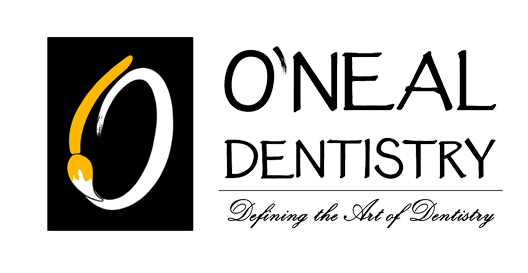Follow Us x
Here at Dr. O'Neal's, we want our patients to know how proud we are of them for their awesome homecare. We celebrate being cavity free with our "Cavity Free Kids Club."
We are very glad that you are visiting our website. We hope that we can provide you with helpful information and some fun activities for your kids. Here are a few simple steps to make sure that your children's teeth stay healthy.
-Never send your baby to bed with a bottle
-Brush AND floss your teeth twice a day
-Visit your dentist at least twice a year
-Eat healthy foods
-Protect your teeth while playing sports
Plaque removal activities should begin upon eruption of the first baby tooth. When brushing a child’s teeth, use a soft toothbrush and a pea-sized amount of fluoride toothpaste.
Severely decayed teeth may need to be extracted. If teeth are infected or lost too early due to baby bottle tooth decay, your child may develop poor eating habits, speech problems and crooked teeth, and it may damage their adult teeth. Healthy baby teeth will usually result in healthy permanent teeth.
Baby bottle tooth decay is caused by the frequent and long-term exposure of a child’s teeth to liquids containing sugars. Among these liquids are milk, formula, fruit juice, sodas, and other sweetened drinks. The sugars in these liquids pool around the infant’s teeth and gums, feeding the bacteria that cause decay. Every time a child consumes a sugary liquid, acid attacks the teeth and gums. This attack lasts approximately 30 minutes. After numerous attacks, tooth decay can begin.
The condition also is associated with breast-fed infants who have prolonged feeding habits or with children whose pacifiers are frequently dipped in honey, sugar or syrup. The sweet fluids left in the mouth increase the chances of cavities while the infant is sleeping.
You should start brushing you child's teeth as soon as the first tooth erupts. Proper brushing removes INVISIBLE plaque from the inside, outside and chewing surfaces of your teeth.
First, using a soft bristle brush, start along gum line and brush in a gentle circular motion. Brush all the outer surfaces of the upper and lower teeth. Second, using the same gentle circular motion, brush the inside surfaces. Third, use a gentle back and forth motion to brush the chewing surfaces of all the teeth. Fourth, brush the tongue to help freshen breath and remove bacteria.
You should start to floss when any two teeth touch. Flossing removes plaque between the teeth, where a toothbrush can't reach. First, using about 18 inches of floss, wind most of it around the middle fingers of both hands. Hold the floss lightly between the thumbs and forefingers. Use a gentle, back-and-forth motion to guide the floss between the teeth. Next, curve the floss into a C-shape and slide it into the space between the gum and tooth until you feel resistance. Keeping the floss against the side of the tooth, move the floss up-and-down 2-3 times. Repeat this procedure on each tooth. Don't forget the backs of the last teeth.
If you have a difficult time getting your kids to floss with regular floss, kid flossers are a great help. You should help your kids brush and floss until they are 7-8 years old.
Try this cute video to help your kids learn the proper way to clean all the "Nasties" off their teeth: https://www.colgate.com/en/us/oc/oral-health/basics/brushing-and-flossing/video/No-More-Nasties-Brushing-for-Kids
Good Diet=Healthy Teeth
Healthy eating habits lead to healthy, happy teeth. Like the rest of the body, the teeth, bones and the soft tissues of the mouth need a well-balanced diet. Kids should eat a variety of foods from the five major food groups. Most sugary snacks that kids eat can lead to cavities. The more frequently you snack, the greater the chance for tooth decay.
How long food remains in your mouth also plays a role. For example, hard candy and breath mints stay in the mouth a long time, which cause longer acid attacks on tooth enamel. If you must snack, choose healthy foods such as vegetables, low-fat yogurt, and low-fat cheese.
Mouth Guards
When kids participate in recreational activities and organized sports, injuries can occur. A properly fitted mouth guard is an important part of athletic gear that can help protect your child's smile, and should be used during any activity that could result in a blow to the face or mouth. Mouth guards help prevent broken teeth, and injuries to the lips, tongue, face or jaw. Mouth guards can be purchased in most sporting goods stores or your dentist can make your child a custom guard.

